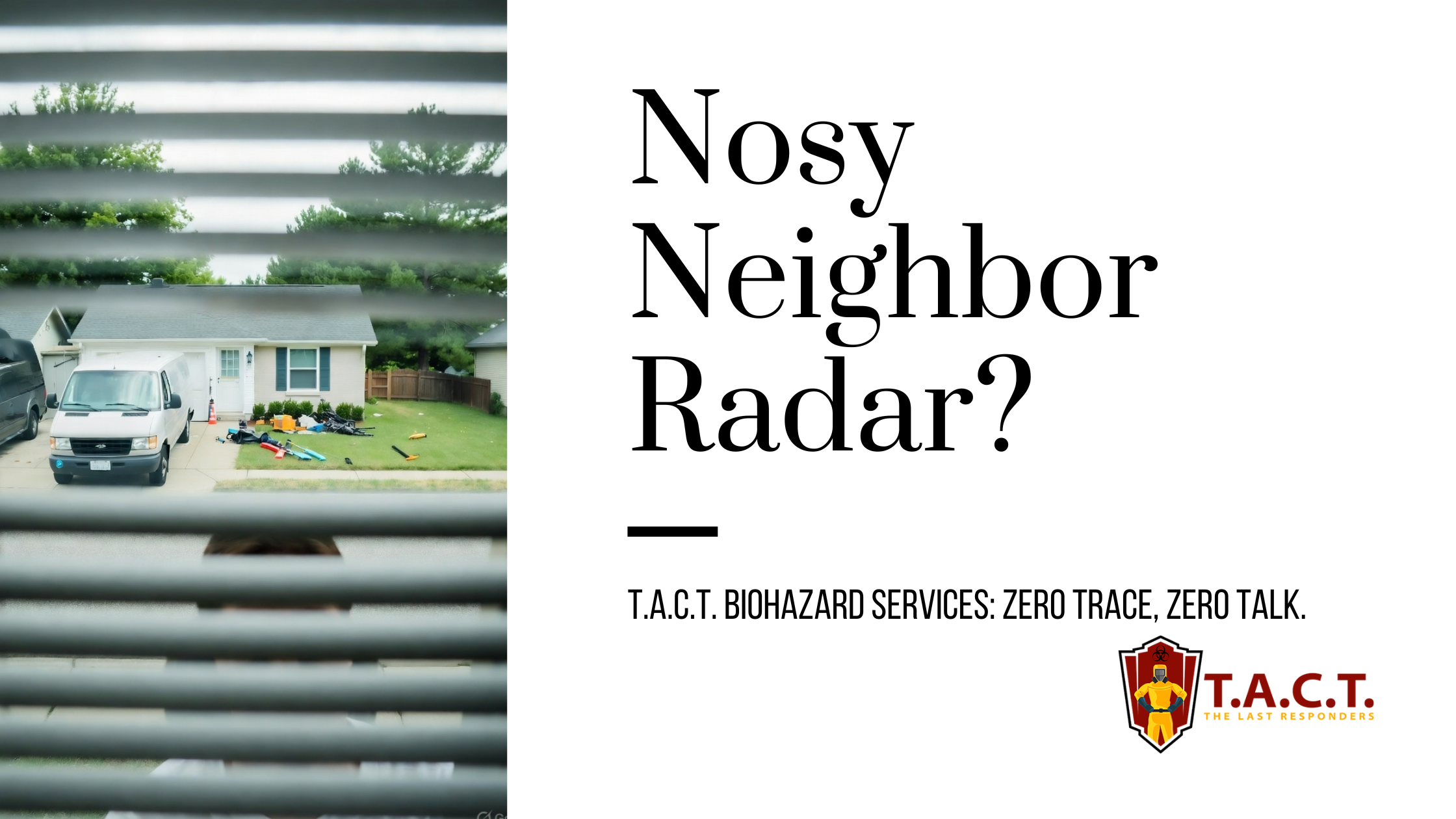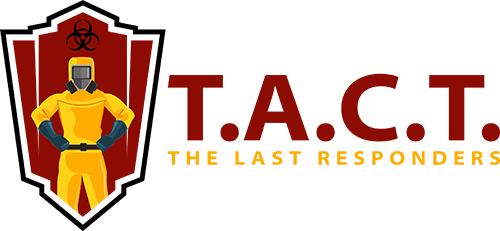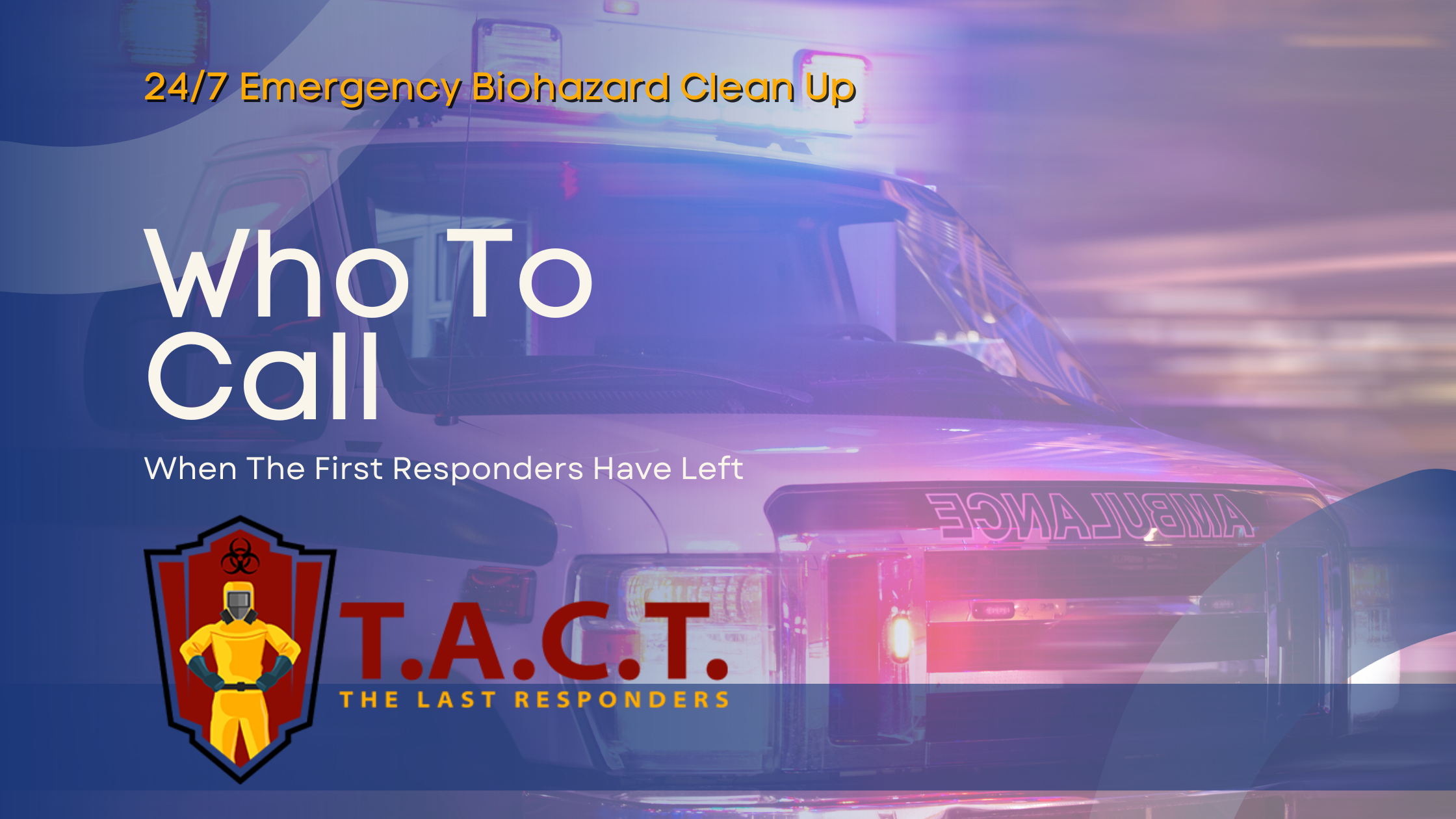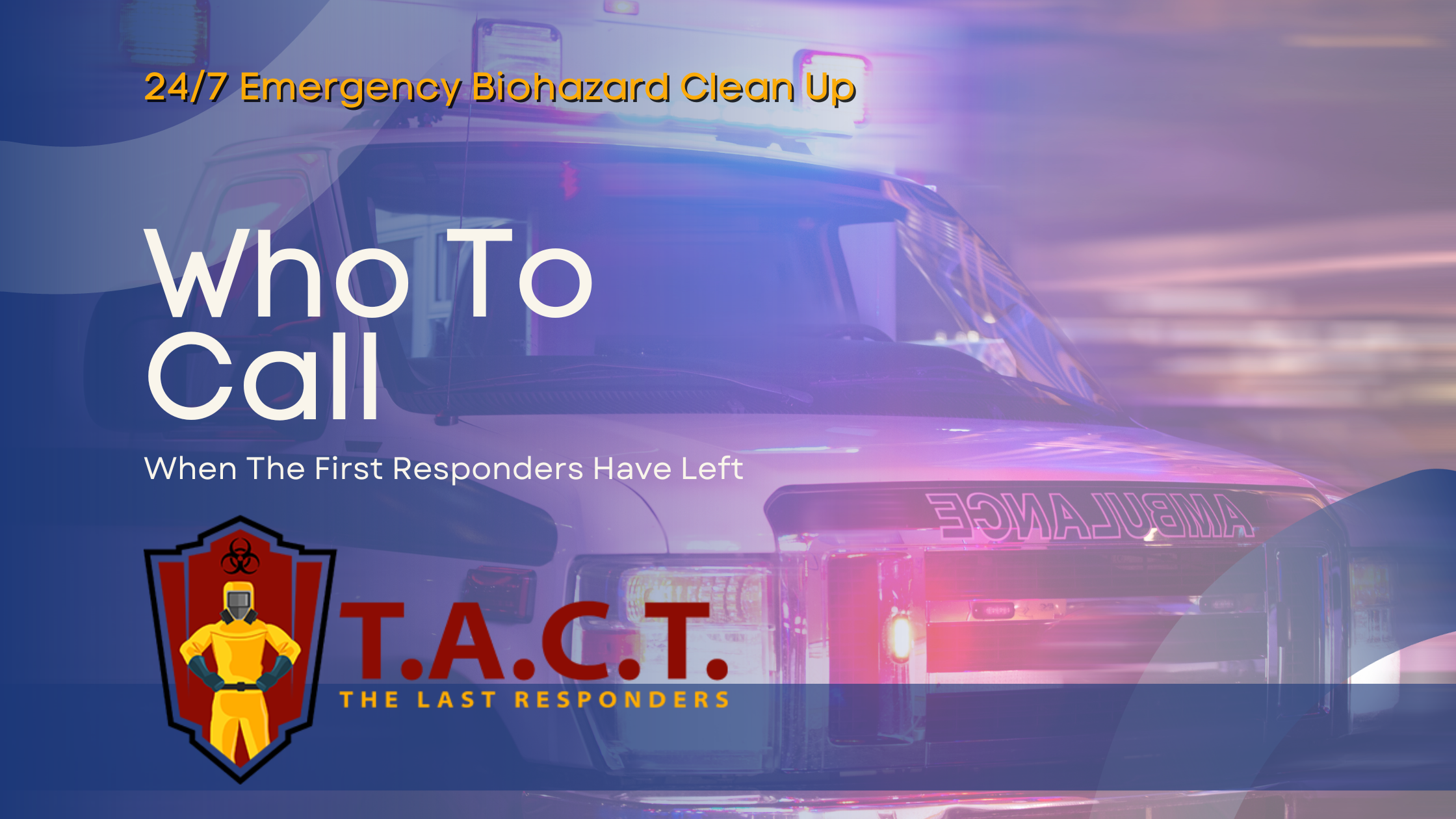Essential Guide to Mold Remediation: Steps & Costs [2024]
![Essential Guide to Mold Remediation: Steps & Costs [2024]](https://tactnorthatlanta.com/previews/essential-guide-to-mold-remediation-steps-costs-2024-1756064063588.jpeg)
Essential Guide to Effective Home Remediation: Key Steps and Costs for Mold Removal
Discovering mold in your home can feel overwhelming. It’s important to act quickly when mold is discovered to prevent its spread and minimize disruption to your daily life. The musty smell, visible growth patches, and potential health concerns create an urgent situation that demands immediate attention. Understanding the mold remediation process helps you make informed decisions during this stressful time.
Mold remediation involves far more than simply scrubbing visible growth from surfaces. This comprehensive process addresses the root causes of mold development, safely removes contaminated materials, and implements preventive measures to protect your family’s health and your property’s value.
Whether you’re dealing with a small patch behind the bathroom sink or extensive growth throughout multiple rooms, knowing what lies ahead empowers you to take swift, effective action. Professional remediation ensures thorough removal while protecting your family from exposure to harmful spores during the cleanup process.
The costs associated with mold remediation vary significantly based on the extent of contamination, types of materials affected, and whether you choose professional services or attempt a DIY approach. This guide walks you through every aspect of the remediation process, helping you navigate this challenging situation with confidence.
What is Mold Remediation?
Mold remediation encompasses the complete process of identifying, containing, removing, and preventing mold growth in residential and commercial properties. A thorough mold inspection is the essential first step in the remediation process, as it identifies the extent and location of mold issues to ensure effective cleanup and restoration. Unlike simple cleaning, remediation addresses both visible mold colonies and microscopic spores that can trigger future outbreaks.
The process begins with identifying and eliminating moisture sources that fuel mold growth. This critical first step prevents new colonies from establishing themselves during or after the cleanup process. Water leaks, condensation issues, and poor ventilation must be resolved before remediation can succeed.
Professional remediation teams establish containment barriers around affected areas to prevent mold spores from spreading throughout your property during removal. Containment procedures, such as isolating contaminated areas and turning off HVAC systems, are essential to prevent mold spread and protect unaffected spaces. These barriers, combined with negative air pressure systems, create isolated work zones that protect uncontaminated areas of your home.
Contaminated materials often require complete removal rather than cleaning. Porous materials like drywall, insulation, and carpet readily absorb mold spores deep within their structures, making thorough cleaning impossible. Professional teams safely remove and dispose of these materials according to environmental regulations.
Understanding Mold and Its Impact
Mold represents a diverse group of fungi that thrive in moist environments throughout homes and buildings. These organisms reproduce through microscopic spores that travel through air currents, settling on surfaces where moisture and organic materials provide ideal growing conditions.
Different mold species present varying levels of health risks and remediation challenges. Black mold (Stachybotrys chartarum) produces mycotoxins that can cause severe respiratory problems, neurological symptoms, and immune system suppression. Aspergillus species trigger allergic reactions and can cause serious lung infections in immunocompromised individuals.
Penicillium molds commonly grow on water-damaged materials and food products, producing allergens that worsen asthma symptoms and cause respiratory irritation. While some mold species appear relatively harmless, prolonged exposure to any mold type can sensitize individuals and create long-term health complications. Improper remediation can result in ongoing mold exposure, leading to long term health risks that persist over time.
Mold colonies release spores continuously as part of their reproductive cycle. These airborne particles easily spread throughout buildings via HVAC systems, creating widespread contamination from seemingly localized growth areas. Understanding this dispersal pattern explains why professional containment measures are essential during remediation.
Common Causes and Contributing Factors
Excessive moisture creates the primary condition necessary for mold establishment and growth. Plumbing leaks, roof damage, and foundation cracks introduce water that saturates building materials and creates humid microclimates where mold thrives. It is crucial to identify and fix the underlying moisture problem to prevent mold from recurring. Crawl spaces, like basements, are particularly susceptible to moisture accumulation and mold growth due to their small size and limited ventilation.
High indoor humidity levels above 60% provide sufficient moisture for mold growth even without visible water damage. High humidity, especially in basements and crawl spaces, promotes mold development. Poor ventilation traps humid air inside buildings, allowing condensation to accumulate on cool surfaces like windows, walls, and ductwork.
HVAC systems can inadvertently distribute mold spores throughout buildings while also creating moisture problems through condensation and inadequate dehumidification. Dirty air filters and contaminated ductwork become breeding grounds that continuously circulate spores to previously clean areas.
Flooding and water damage events create ideal conditions for rapid mold colonization. Contaminated floodwater introduces additional organic matter and bacteria that accelerate mold growth, while building materials remain saturated for extended periods without proper drying and dehumidification. Ensuring water drains are functioning properly to direct water away from the home is essential to prevent foundation and mold issues.
Preparation for Effective Remediation
Successful mold remediation requires careful preparation to ensure worker safety and prevent cross-contamination. The affected area must be completely sealed using plastic sheeting and tape to create physical barriers between contaminated and clean zones. All personal belongings should be removed or safely stored from contaminated zones to prevent cross-contamination and protect items from exposure to mold or mycotoxins.
Personal protective equipment becomes essential for anyone entering contaminated areas. N95 respirators provide minimum protection, while full-face respirators with P100 filters offer superior protection against mold spores. Disposable coveralls, gloves, and shoe covers prevent spore transfer to clean areas.
Air scrubbers equipped with HEPA filters should operate continuously during remediation to capture airborne spores and maintain negative air pressure within containment areas. These machines process thousands of cubic feet of air per hour, dramatically reducing spore concentrations during active work. Do not blow air across mold-affected surfaces, as this can spread spores to clean areas and undermine containment efforts.
Pre-cleaning documentation helps establish the scope of contamination and guides restoration decisions. Photographs and moisture readings create baseline records that insurance companies and restoration professionals use to develop comprehensive remediation plans.
Assessing the Affected Area
A thorough assessment of the affected area is the first and most crucial step in the mold remediation process. Before any mold removal can begin, it’s essential to determine the full extent of mold growth and identify all areas impacted by water damage. Start by inspecting your home for visible mold, musty odors, and any signs of moisture problems, such as water stains or peeling paint. Pay close attention to areas prone to plumbing leaks, condensation, or past flooding, as these are common sources of ongoing moisture that fuel mold growth.
The Environmental Protection Agency (EPA) recommends a careful evaluation to guide your mold remediation strategy. This includes not only checking the surface area where mold is visible but also investigating hidden spaces behind walls, under flooring, and around plumbing fixtures. Identifying the source of moisture is key—whether it’s a leaky pipe, roof damage, or poor ventilation—so you can address it and prevent future mold issues. By thoroughly assessing the affected area, you lay the groundwork for an effective remediation process that targets both the mold and its underlying causes.
DIY Remediation: When It's Appropriate
Small mold colonies covering less than 10 square feet may be suitable for DIY remediation when certain conditions are met. The affected area must be easily accessible, and the mold growth should not involve HVAC systems or structural materials like wall framing.
DIY remediation requires the same safety precautions used by professional teams. Respiratory protection, containment measures, and proper disposal methods cannot be overlooked simply because the project appears manageable. Many homeowners underestimate the health risks associated with mold exposure during cleanup activities.
Commercial mold removal products and antimicrobial solutions provide effective treatment for surface mold on non porous surfaces such as plastic and metal. However, these products cannot penetrate porous materials where mold roots (hyphae) establish deep colonies that survive surface cleaning attempts.
When cleaning a moldy area, consider using natural fungicides or disinfectants like tea tree oil or hydrogen peroxide as part of the DIY process. These can be applied directly to the affected surfaces to help eliminate mold.
The DIY approach works best when mold growth results from minor moisture issues that have been permanently resolved. Attempting DIY remediation while moisture problems persist typically leads to mold regrowth within weeks or months of the initial cleanup effort. DIY remediation can help save money, but cutting corners may result in recurring mold problems and higher costs over time.
Safety Precautions for DIY Mold Remediation
If you choose to tackle mold remediation yourself, prioritizing safety is essential to protect your health and prevent mold spores from spreading throughout your home. Always wear appropriate protective gear, including gloves, a high-quality mask or respirator, and eye protection, to minimize your risk of mold exposure and related health concerns. Contain the affected area using plastic sheeting and tape to prevent mold spores from drifting into clean spaces and causing cross contamination.
Utilize air scrubbers and HEPA vacuums during the remediation process to capture airborne mold spores and maintain a safer environment. These tools are especially important when cleaning or removing contaminated materials, as they help prevent spores from becoming airborne and settling elsewhere. Address any moisture problems immediately—fix leaks as soon as they are discovered and dry out wet surfaces thoroughly to prevent future mold growth. The Centers for Disease Control and Prevention (CDC) strongly advise homeowners to follow these safety precautions during DIY mold remediation to reduce health risks and ensure a successful outcome.
Mold Cleanup and Disinfection
Effective mold cleanup and disinfection are vital components of the mold remediation process. Begin by carefully removing and discarding contaminated materials such as drywall, insulation, or carpeting that cannot be thoroughly cleaned. For hard surfaces, use cleaning solutions specifically designed for mold remediation, following the manufacturer’s instructions to ensure proper disinfection and removal of mold spores.
Specialized equipment like air scrubbers and HEPA vacuums should be used throughout the cleanup to capture and remove mold spores from the air, reducing the risk of cross contamination and further mold growth. Take care to prevent mold spores from becoming airborne during the cleaning process by working methodically and maintaining containment barriers around the affected area. Regularly inspect the area after cleanup and address any lingering moisture problems to prevent mold from returning. By combining thorough cleaning, disinfection, and ongoing moisture control, you can achieve a successful remediation process and protect your home from future mold issues.
Professional Remediation: Making the Right Choice
Large contamination areas exceeding 10 square feet require professional expertise to ensure safe and effective remediation. The restoration industry has extensive experience handling large-scale mold infestation and complex remediation projects, ensuring that even the most severe cases are managed efficiently. Professional teams possess specialized equipment, training, and experience necessary to handle complex mold situations without endangering building occupants.
Toxic mold species like Stachybotrys chartarum demand professional handling due to the severe health risks associated with exposure. Professional remediators follow strict protocols for containing and removing toxic mold while protecting workers and building occupants from dangerous mycotoxin exposure. The restoration process typically begins with an initial assessment, followed by containment, removal of contaminated materials—including drywall, subfloors, and other building materials as needed—thorough cleaning, repairs, and reconstruction to restore the property after mold contamination.
Professional services become essential when a mold infestation affects HVAC systems, structural materials, or multiple rooms throughout a building. Addressing a mold problem promptly is crucial to prevent further damage and minimize business disruption. These situations require comprehensive remediation strategies that coordinate multiple work phases while maintaining building habitability. Professional mold removal involves thorough cleaning, containment, and addressing hidden mold growth to ensure complete remediation and prevent secondary damages.
Insurance coverage often requires professional documentation and certification to process mold remediation claims. Professional remediators provide detailed reports, air quality testing results, and remediation certificates that satisfy insurance requirements and protect property values.
Prevention Strategies and Long-Term Solutions
Humidity control represents the most effective long-term mold prevention strategy. Maintaining indoor relative humidity between 30-50% creates conditions that inhibit mold growth while preserving comfort and protecting building materials from moisture damage. Using exhaust fans in bathrooms and kitchens helps reduce excess moisture and further prevents mold by improving air circulation.
Regular inspection routines help identify moisture problems before mold establishment occurs. Monthly checks of plumbing fixtures, roof areas, and basement spaces—paying attention to the square foot area being monitored—can reveal early signs of water intrusion that require immediate attention. After cleaning, applying preventive solutions such as baking soda can help prevent future growth of mold.
HVAC system maintenance ensures proper ventilation and humidity control throughout buildings. Regular filter changes, duct cleaning, and equipment inspections prevent the moisture accumulation and contamination that lead to mold problems.
Prompt response to water damage events prevents mold establishment during the critical 24-48 hour window following moisture exposure. Quick drying and dehumidification stop mold spores from germinating and establishing colonies on wet materials. Regular application of cleaning agents like baking soda after remediation can also inhibit future growth and help prevent mold from returning.
Air Quality Management and Restoration
Air quality monitoring during and after remediation ensures successful spore removal and safe building reoccupancy. Professional air sampling compares spore concentrations inside remediated areas to outdoor baseline levels, confirming remediation effectiveness.
HEPA air filtration systems provide ongoing spore removal and improved indoor air quality following remediation. These systems capture particles as small as 0.3 microns with 99.97% efficiency, effectively removing mold spores and other airborne contaminants.
Post-remediation verification testing confirms successful mold removal before restoration work begins. Independent testing laboratories analyze air and surface samples to ensure spore concentrations meet acceptable levels for safe occupancy.
Restoration activities must maintain the clean environment achieved through remediation. New materials should be properly acclimated and protected from moisture during installation to prevent immediate recontamination of treated areas.
Understanding Remediation Costs
Mold removal cost typically ranges from $500-$4,000 for small projects, while extensive contamination can require $10,000-$30,000 or more for complete remediation and restoration. These costs reflect the specialized labor, equipment, and materials necessary for safe and effective mold removal.
Several factors influence remediation pricing, including contamination extent, mold species involved, affected materials, and accessibility challenges. Mold remediation is often priced per square foot, with costs depending on the size of the affected area and the types of materials involved. Structural mold affecting framing materials costs significantly more to remediate than surface growth on non-porous materials.
DIY remediation appears less expensive initially but often requires repeated treatments when moisture sources remain unaddressed or cleaning proves inadequate. Professional remediation provides comprehensive solutions that address root causes and prevent costly recurring problems.
Insurance coverage varies significantly based on policy terms and mold contamination causes. Water damage from sudden pipe bursts typically receives coverage, while gradual leaks or maintenance-related mold growth may be excluded from standard homeowners policies.
Selecting Professional Remediation Services
Qualified mold remediation professionals hold certifications from organizations like the Institute of Inspection, Cleaning and Restoration Certification (IICRC) or the American Council for Accredited Certification (ACAC). These credentials demonstrate specialized training in mold assessment and remediation techniques.
Reputable companies provide detailed written estimates that specify work scope, materials, timeline, and costs. Avoid contractors who offer verbal estimates or demand full payment upfront, as these practices often indicate unprofessional or fraudulent operations.
References from recent customers provide insights into company reliability, work quality, and customer service standards. Contact multiple references to discuss their experiences and satisfaction with completed projects.
Licensing and insurance verification protects property owners from liability and ensures contractors meet local regulatory requirements. Request current certificates and verify coverage amounts match project scope and potential risks.
Moving Forward with Confidence
Mold remediation represents a critical investment in your family’s health and your property’s long-term value. Addressing a mold issue promptly is essential to prevent escalation, ensure effective remediation, and avoid more severe contamination. Swift action prevents minor contamination from developing into extensive problems that threaten structural integrity and require costly restoration work.
Professional assessment provides the expertise necessary to develop effective remediation strategies tailored to your specific situation. These professionals understand the complex relationships between moisture sources, building materials, and mold growth patterns that determine successful treatment approaches.
The remediation process may seem daunting, but thousands of families successfully navigate mold problems each year with professional guidance and support. Your commitment to addressing these issues promptly demonstrates responsible property stewardship and protects your family’s well-being.
Remember that successful remediation extends beyond removing visible mold growth. Comprehensive solutions address underlying moisture problems, restore healthy indoor environments, and implement preventive measures that protect against future contamination.
Meta data
Meta title
Essential Guide to Mold Remediation: Steps & Costs [2024]
Meta description
Complete guide to mold remediation covering DIY vs professional removal, costs, prevention tips, and how to hire qualified contractors for safe cleanup.
Latest news

Nosy neighbors peeking? T.A.C.T. North Atlanta offers discreet biohazard remediation for rodent infestations, mold, hoarding, and more. Unmarked vehicles, quiet experts, full privacy—24/7 service at 470-781-4775.
Read More

